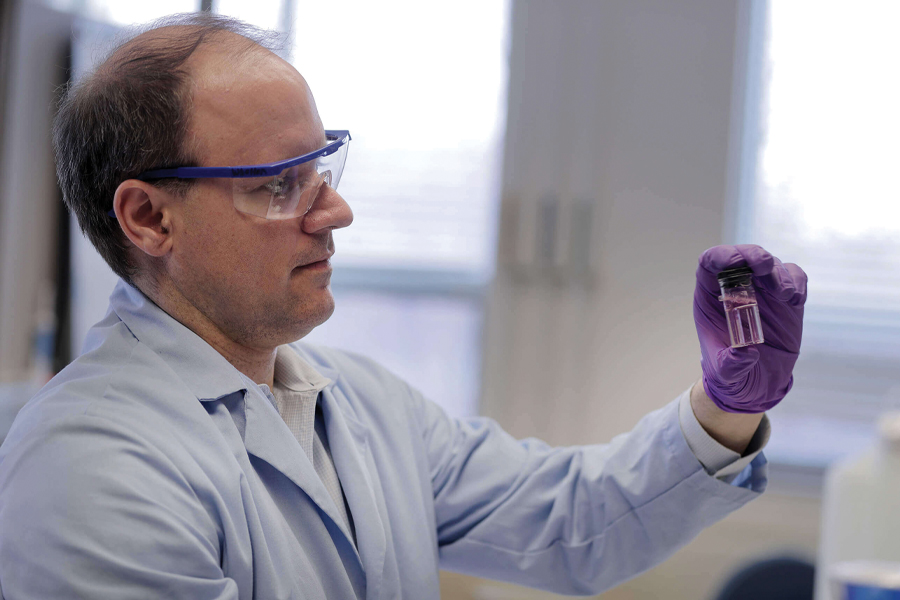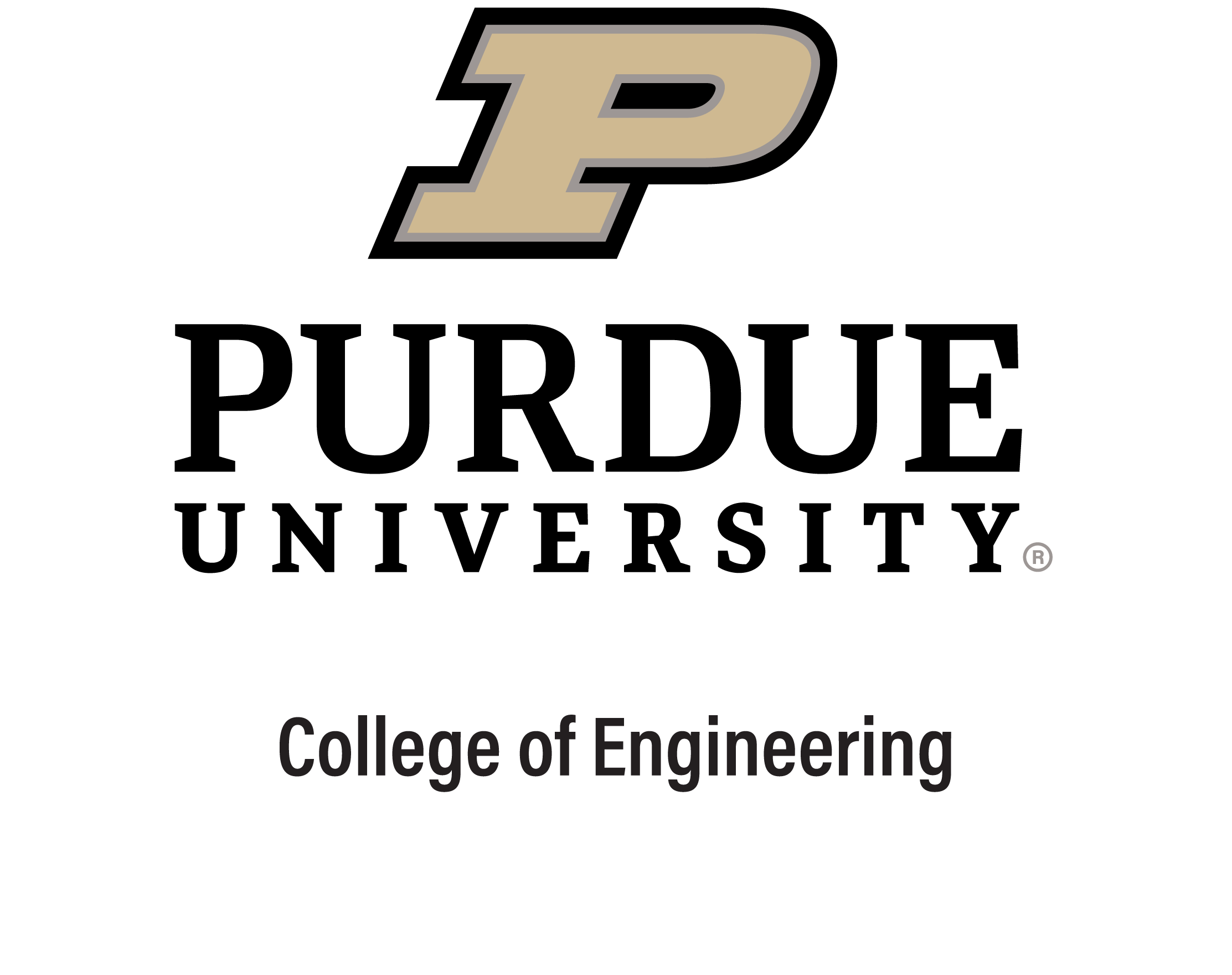While restaurants, gyms, schools and other buildings were closed to prevent the spread of COVID-19, water left sitting in pipes could change in quality.
It’s possible that water left sitting for long periods of time could contain excessive amounts of heavy metals and pathogens concentrated in pipes nationwide, say researchers who have begun a field study on the impact of a pandemic shutdown on buildings.
“We don’t design buildings to be shut down for months,” says Andrew Whelton, professor of civil engineering and environmental and ecological engineering. “Our study focuses on the consequences and could help building owners make sure that their buildings are safe and operational when occupants return.”
The researchers began their study upon receiving funding by the National Science Foundation’s Rapid Response Research (RAPID) program only three days after applying. The study involves monitoring water quality in buildings both during a period of extended vacancy and when occupants have returned.
This field study is part of a national effort to advise public health officials, building owners and water utilities on how to safely recommission buildings with low or no occupancy due to the pandemic.
Whelton and other researchers across the U.S. drafted recommendations in collaboration with experts from leading plumbing safety scientists and engineers from Virginia Tech, Legionella Risk Management Inc., Arizona State University, the University of Memphis, the University of Iowa, Northeastern University, and Polytechnique Montral in Canada.
The recommendations are based on implications from other studies of water stagnation in large buildings. Whelton’s team also worked with the American Water Works Association to publish a set of building recommission guidelines and provided guidance to a pandemic response in Detroit as the city worked to restore water service to thousands of households that had been shut off due to inability to pay.
But since no study has been conducted on widespread, long-term building closures, knowledge gaps remain on how to best maintain stable water quality during a shutdown. The field study led by Whelton’s team would be a start to filling these gaps.
Whelton’s team has previously conducted studies on school buildings shut down for the summer and large office buildings, finding that water quality changes over time. Typically, buildings can prevent stagnation through regular water use. This brings in new water with disinfectant. But extended building shutdowns will require different solutions, the researchers say.
“With normal building use throughout a district, even small amounts of water use would help draw disinfectant residual into a building. In the COVID-19 era, many low-use buildings in one area could affect the disinfectant residual in the water mains,” says Caitlin Proctor, assistant professor of agricultural and biological engineering and environmental and ecological engineering. “As we come back to work after social distancing, even complete building flushing might not be successful in drawing in fresh water.”

Andrew Whelton, Professor of Civil Engineering and Environmental and Ecological Engineering
Purdue University photo/Matthew Kerkhoff
Tracking Changes
For this field study, Whelton’s team collected samples at sinks and water fountains in three buildings — examining temperature, oxygen, heavy metals such as lead and copper, and how microbial communities in pipes change over time.
“When you use water, you’re bringing in chlorine, nitrogen, phosphorus and a small amount of carbon. Bacteria sitting on the walls of pipes store up those nutrients for later use. But with months-long stagnation, there isn’t going to be any oxygen, new nitrogen or phosphorus,” Proctor says. “Bacteria that can compete under normal delivery of nutrients might not be able to compete anymore. For example, bacteria that do really well when there’s no oxygen might outcompete those that need oxygen.”
Proctor says that it is also important to note that not all bacterial growth is pathogenic. That’s why they are looking at not only the numbers of bacteria, but also the types of bacteria that are showing up.
In addition to observing water left sitting still in buildings, the team will study how stagnation affects water softeners and water heaters. In the lab, the researchers will let the water sit still for long periods of time, watching for chemical and microbiological changes.
The findings are intended to help guide efforts by the U.S. Environmental Protection Agency, the Centers for Disease Control and Prevention, and state and local government agencies.


